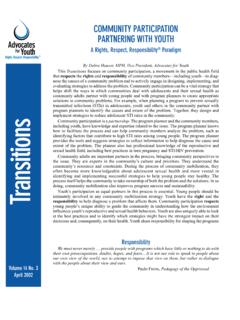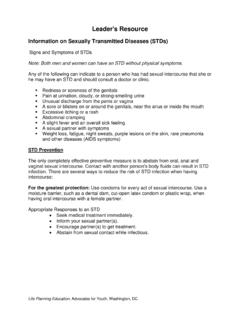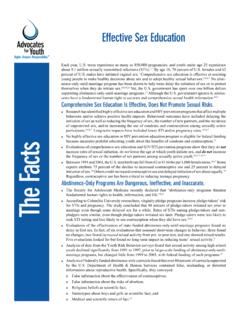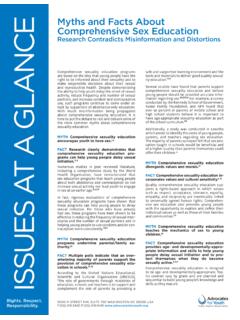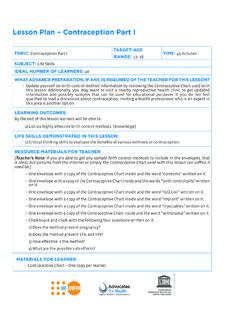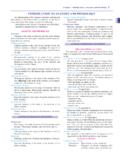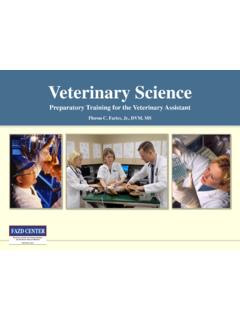Transcription of Lesson Plan – Sexual & Reproductive Anatomy and …
1 Lesson Plan Sexual & Reproductive Anatomy and Physiology Part ITOPIC: Sexual & Reproductive Anatomy and Physiology Part ITARGET AGE RANGE: 9 15 TIME: 45 minutesSUBJECT: Life SkillsIDEAL NUMBER OF LEARNERS: 25 40 WHAT ADVANCE PREPARATION, IF ANY, IS REQUIRED OF THE TEACHER FOR THIS Lesson ? Review Teacher Background on Reproductive Systems due to large number of terms and OUTCOMES: By the end of this Lesson learners will be able to:1) Locate and name at least five parts of each of the male and female Reproductive systems.
2 [knowledge]LIFE SKILLS DEMONSTRATED IN THIS Lesson :1) Seek information about Sexual and Reproductive Anatomy . RESOURCE MATERIALS FOR TEACHER: Teacher Background on Reproductive SystemsMATERIALS FOR LEARNER: NoneLesson Plan Sexual & Reproductive Anatomy and Physiology Part IThis Lesson is enhanced when learners have the following background knowledge: Content from the International Technical Guidance on Sexuality Education Key Concept 4 Human Development; Sexual and Reproductive Anatomy and Physiology.
3 Level IPROCEDURE:Step 1) 5 minutesBegin the Lesson by informing learners that, Today we are going to learn about the human Reproductive system. The male and female Reproductive systems are composed of external and internal organs. Ask students what function the Reproductive system has in our bodies. Responses should include: To produce the sperm and egg cells that allow us to reproduce To transport and sustain these cells To nurture the developing offspring To produce hormonesNext, explain by saying, The Lesson will provide an overview of the body parts that everyone has that allow them to reproduce later in life, if they so choose, and explain the functions of each of the Reproductive organs.
4 Understanding one s body and how it works is important to staying healthy. Step 2) 35 minutesWrite on the chalkboard three columns: Male/Female/Both. Explain the activity by saying the following, Next we will brainstorm the Sexual and Reproductive Anatomy we all have and try to determine if it s a male part, female part, or body part everyone has. Let s also keep in mind that some people s bodies don t fit neatly into one category or another and they might be born with ambiguous genitalia.
5 Those people are called intersex and see me if you want more information about that. Let s now think of the names of the parts of the body, both inside and outside, that are part of the Reproductive system. [Teacher s Note: For more information about intersex, please go to ] Write the body parts in the correct column on the board using the Teacher Background on Reproductive Systems. Add in any body parts the class does not list. As you list the body parts in one of the three columns, briefly define each Reproductive body part, where it is in the body and what it does.
6 Use the Reproductive Visuals 4 5 to aid with the review of the male and female Reproductive systems as appropriate. [Teacher s Note: Please do not feel that you must convey every bit of information in the Teacher Background. Most of the information is provided as background on Reproductive Systems for you and to allow you to supplement what your learners know and are curious about.]Step 3) 5 minutesConclude by telling learners that these are the main Sexual and Reproductive male and female body parts, each with a very specific function.
7 Explain that the second part of the Lesson on another day will allow learners to better understand how the parts on the inside of the body work. Ask learners the following question and have each learner share their response in rapid succession. What is one new piece of information you are leaving today s Lesson with?KEY MESSAGES OF Lesson :1) Knowing the male and female Reproductive Anatomy and the function of each part is important to understanding how your body works and to ultimately staying OF LEARNING OBJECTIVES AT CONCLUSION OF Lesson : Teachers can have learners list at least two body parts and their functions for females and two body parts for males on a piece of paper to submit for assessment of the learning objectives.
8 HOMEWORK WITH FOCUS ON FAMILY INVOLVEMENT ACTIVITIES: NonePOSSIBLE ADAPTATIONS: Large class size None Limited materials/technology NoneLesson Plan Sexual & Reproductive Anatomy and Physiology Part IAdapted from: Family Life and Sexual Health High School Version, Lesson 2: Reproductive System; Public Health Seattle & King County, Revised 2011 Background on Reproductive SystemsMALE PARTWHAT IT IS / WHAT IT DOESPENIS(made up of shaft, glans, and foreskin) Allows passage of urine and semen Provides sensation (has many nerve endings) The average penis measures 3 4 inches when it's not erect (flaccid)
9 And 5 7 inches when erectFORESKINP rotects the glans of the penis Provides sensation Males who have been circumcised don t have oneSCROTUMM uscular sac which is shorter when cold, longer when warm Holds testes Controls temperature Provides sensation TESTES (also called testicles) Produces sperm and sex hormones (androgens and testosterone) Each is made of 500 1,200 feet of tightly coiled tubesEPIDIDYMIS Allows maturation of spermSPERMATAZOA (sperm)Cell from a man called spermSperm carry the strings of genes (called chromosomes) or DNA instructions in case the sperm meets with an egg cell and fertilizes itSPERMATIC CORDSS uspends the testiclesSupply blood to the testiclesProvide sensationCarry sperm from the testiclesVAS DEFERENS Provides storage for sperm Allow passage of sperm Provides sensationCarries sperm from the testesTeacher Background on Reproductive SystemsMALE PARTWHAT IT IS / WHAT IT DOESSEMINAL VESICLESC ontributes fructose (sugar)
10 To semen for nourishing the spermSEMENH elps sperm live longer and travel betterAbout a teaspoon per ejaculationContains hundreds of millions of spermPROSTATE GLANDP roduces most of the fluid that makes up semenCOWPER S GLAND (also called bulbourethral glands)Pair of glandsProduces pre ejaculatory fluid (called pre cum ) that cleans the urethra to protect sperm. Some pre ejaculatory fluid may contain spermTeacher Background on Reproductive SystemsFEMALE PARTWHAT IT IS / WHAT IT DOESUTERUS (made up of muscular walls, a lining called the endometrium, and a cervix.)


